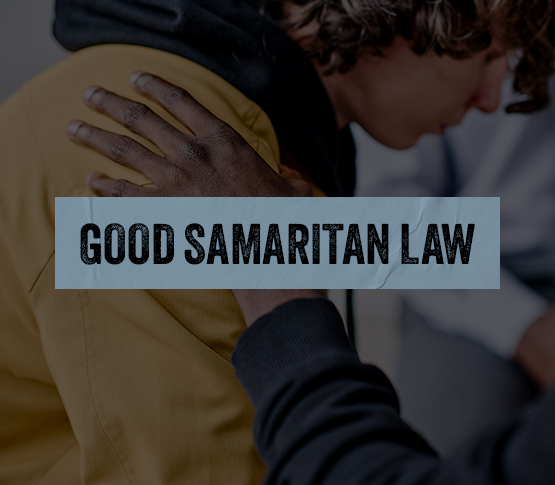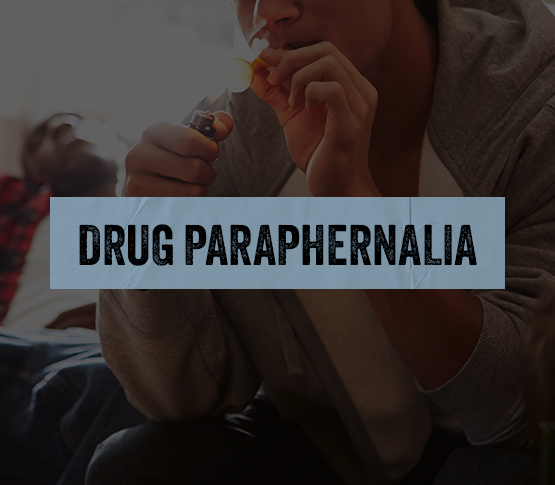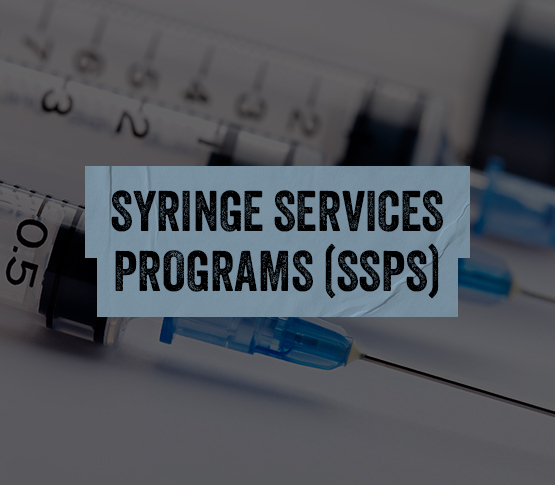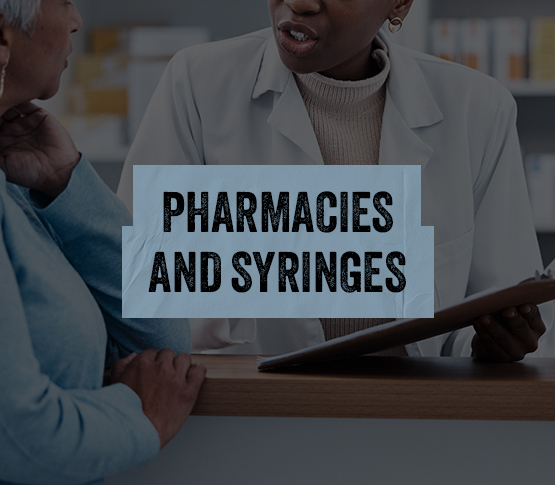An opioid overdose requires immediate medical attention. Call 911 immediately if you or someone you know exhibits any of the symptoms.
×
- Substances
- Dangers
- Naloxone
- Community Care
- How to Help
- Road to Recovery
- Videos
- About Us
- Resources
An opioid overdose requires immediate medical attention. Call 911 immediately if you or someone you know exhibits any of the symptoms.
Here are the laws in Minnesota about substance use that you should know:
Disclaimer: Minnesota’s 11 sovereign tribal nations and the Minnesota Chippewa Tribe have their own distinct governments and substance use laws. Click here for more information.

The Good Samaritan Law, also called “Steve’s Law,” protects people who help during an emergency, call 911, or give naloxone to someone overdosing.
If you help someone during an emergency, like an overdose, accident, or fire, you may avoid arrest.
Why It Matters
The Good Samaritan Law helps save lives by reducing hesitation, increasing the use of naloxone, and decreasing overdose deaths, ensuring people feel safe stepping in to help.

Drug paraphernalia includes items for using (or testing) drugs. In Minnesota, it is no longer a crime to have drug paraphernalia like pipes, syringes, and needles, even if they have trace amounts of controlled substances in them.
Why It Matters
This law supports harm reduction by promoting safer substance use practices. It also encourages the use of life-saving tools like naloxone, helping to prevent overdoses and save lives.

Minnesota allows syringe service programs to provide, collect, and exchange syringes – both new and used.
Why It Matters
Legal syringe service programs reduce the transmission of diseases like HIV, lower the risk of overdoses and deaths, and provide access to sterile supplies. They also connect people to vital care and support services, fostering overall health and well-being.

Minnesota pharmacies can sell sterile syringes to anyone, even without a prescription. There’s no limit to the number of syringes they can sell.
Why It Matters
This law supports harm reduction by making syringes easier to get and reducing stigma around safe injection supplies. It also helps more people access naloxone, which reduces overdoses and saves lives.
Resources
Know the Substances
Learn More
Resources
Know the Dangers
Resources
Know the Resources
Learn More
Resources
Know the Facts
Learn More
Resources
Know the Signs
Learn More
Resources
Know the Resources
Learn More
Resources
Know the Stories
Learn More
Resources
About Know the Dangers
Learn More
Resources